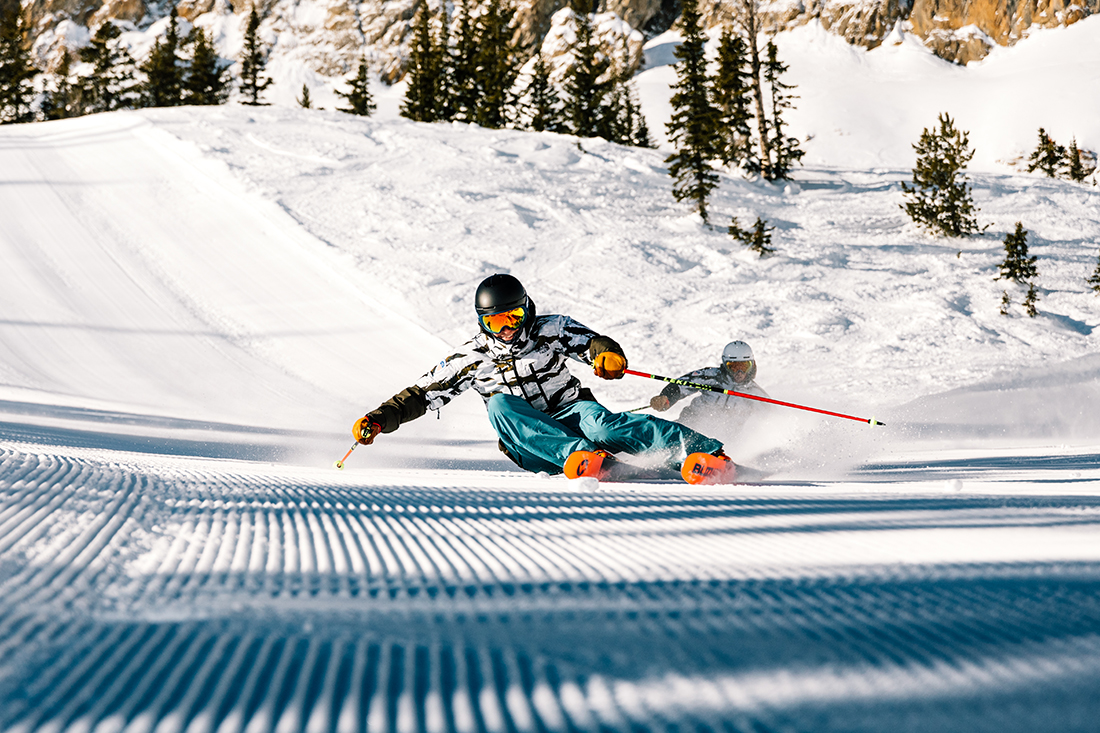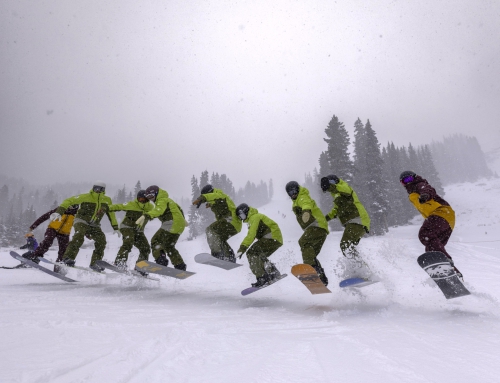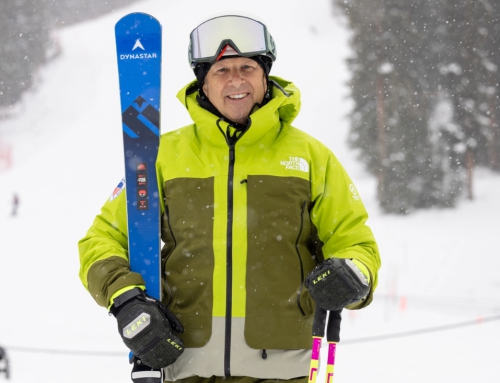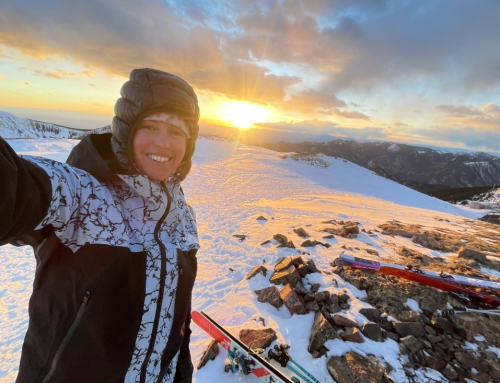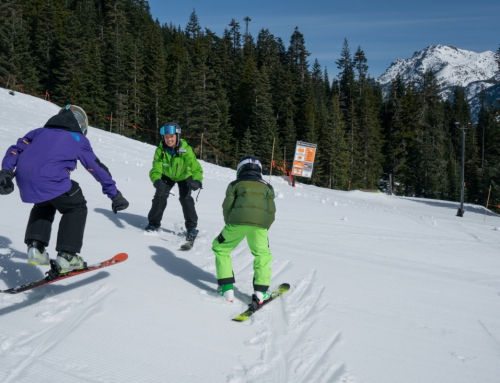32 Degrees: Use Shared Mental Models to Improve Your Teaching
This article, by Bart Flynn, appears in the Spring 2022 Issue of 32 Degrees.
As outlined in the people- and teaching skill fundamentals in PSIA-AASI’s Learning Connection Model and updated certification standards, effective instructors “engage in meaningful two-way communication” and “collaborate on short-term goals and long-term objectives. Failure to incorporate these components could be the result of the instructor and student lacking a shared mental model (SMM).
In relation to teamwork, the idea behind SMM – according to Shared Mental Models – A Conceptual Analysis – is that team performance improves if team members have a shared understanding of the task to be performed. I first encountered the term in conversation with a client who was a military pilot, and he said shared mental models were used in preflight checks and inflight communication. A mental model in skiing can be defined as a set of beliefs, sensations, verbal descriptions, and mental images that relate one’s experience with the act of skiing. These models explain cause and effect, lead us to expect certain outcomes, and give meaning and context to sensations. Simply, a mental model reflects someone’s reality when skiing. Depending on the scope, these mental models can be isolated to very specific outcomes or expanded to encompass an overall skiing image. Establishing a shared mental model between you and your student allows for more meaningful communication – because words and descriptions will be interpreted in the same way – and collaboration on a mutually-desired goal.
How To Get on the Same Page with Students
As an example of how the lack of a SMM can derail a session, picture a carving clinic. There are several aspects at play, including understanding what the ski does on the snow when carving, how a carving ski feels, and the acceptance that tipping the ski further will tighten the radius of the turn. Imagine if just one of these parts of the model is not mutually shared, perhaps a student thinks that just pushing on the ski harder will bend the ski more and shorten the radius. Or maybe the student believes his or her skis are carving when they’re not. In either case, if the inconsistency in the individual mental models is unaddressed, teaching a straightforward objective like a railroad track turn can be ineffective and challenging.
To prevent these unproductive teaching scenarios, focus on assessing the student’s mental model and subsequently forming a shared one. By asking students to identify their own sensations and understanding – and then having them describe these feelings using their own phrases and key words – you can assess whether the student has a realistic picture of the situation and if that picture will serve them moving forward. Any gaps in the student’s mental model should be addressed promptly, which can simply mean ensuring that what a student feels is carving is, indeed, carving.
With the student’s own verbiage, sensations, and understanding in mind, you can begin to adapt your own mental model of the task to the students’ model. This promotes more meaningful two-way communication. If a student experiences the ski carving and describes the sensation as “slippery,” you should integrate this description into your mental model and use that term throughout the lesson. Because “slippery” reflects the student’s mental model, it will hold more weight and significance than a term that comes from you, the instructor.
Continuing to act within this shared mental model will allow you to communicate all facets of skiing more effectively while allowing the student to cultivate their own unique understanding of what better skiing is and how it really looks and feels.
Bart Flynn is a member of the PSIA-AASI National Team. He is an instructor and trainer at Wyoming’s Jackson Hole Mountain Resort, as well as a USSA Level 200 coach.
REFERENCE
Jonker, Catholijn M, M. Birna van Riemsdijk, and Bas Vermeulen. 2010. Shared Mental Models –A Conceptual Analysis. Presented at Conference of Coordination, Organizations, Institutions, and Norms in Agent Systems (Toronto, Canada May 2010). 131-152.

